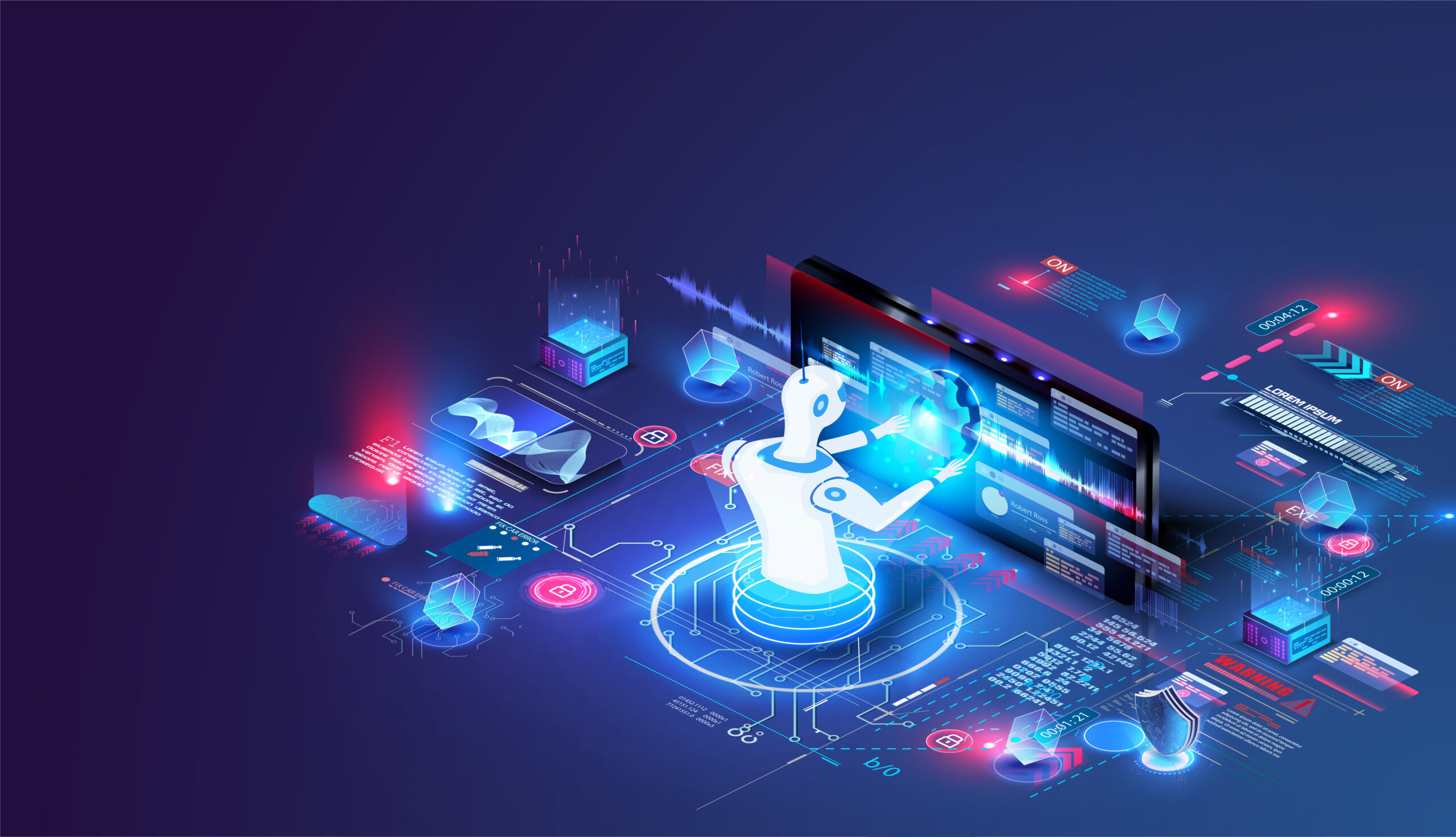Critical & Emerging Technologies to Capitalize on in 2023
Critical and emerging technologies can be either new or incremental, but they all have one thing in common: they are not yet widely adopted by businesses. Emerging technology is poised to reshape how companies operate fundamentally, and those that get ahead of the curve can look forward to a big payoff down the line.
The critical question is whether the technology can deliver a competitive advantage. As a result, companies need to be strategic about which emerging technologies they invest in because there’s no point in investing in something that doesn’t offer a demonstrable benefit.
Businesses often struggle with this category of technologies because they’re still in the early adopter phase, which means they can be challenging to implement and don’t always offer clear ROI. But there are ways to strategically use critical and emerging technologies and gain a competitive advantage.
Let’s look at some of the sweet spots of emerging technology in 2023.
1.) Advanced Analytics

The inability to scale analytics is a massive challenge for many businesses. They cannot scale it so that each decision-maker has access to the dashboards they require. Data is fragmented across disparate sources that don’t communicate with one another, limiting the scope of analysis. The answer isn’t simply slapping an analytics tool on top of a database; that alone will not result in actionable insights.
It’s not just about having access to big data but also about being able to extract insights from it. One of the biggest challenges facing businesses today is how they can make sense of the deluge of data they receive and turn that into meaningful business insights, which then drive decisions.
In the coming years, advanced analytics will be critical to any organization’s decision-making process. However, many companies are still trying to figure out how to use their data effectively and what it means for them to be “data-driven” or “data-informed.”
Advanced analytics is a method of modeling and analyzing data from various sources using a combination of technologies such as artificial intelligence (AI) and machine learning. A holistic approach is required to ensure that organizations can actually use their data. Advanced analytics, regardless of the analytics tool or platform used, necessitates collaboration among data engineers and scientists, analysts, and end-users, resulting in analysis and dashboards that provide a comprehensive picture of the organization’s performance, answer specific business questions, and generate forecasts.
It’s important to note that this type of collaboration is not new; it has been happening in some areas for years now. However, there will be more demand for this type of collaboration over time as companies look for ways to improve their bottom line through data-driven decision-making processes.
2.) IT Automation

As we shift from a hardware-focused technology world to one that is software-centric, the need for software companies to create better tools for their internal processes becomes a necessity. Software companies that improve the efficiency of their internal processes can speed up the product release cycle, meet 100% of their product requirements, and provide a better user experience to their customers.
In 2023, automation is vital in driving efficiency and cost savings for companies. IT automation can include DevOps process automation, testing, cloud migration, and more. In addition, hyperautomation—the approach of automating as many business processes as possible— supported by artificial intelligence and Robotic Process Automation (RPA)—is trickling down from large enterprises to mid-size companies.
Automation is the future of software development. With the rise of artificial intelligence and machine learning (ML), computers are becoming increasingly efficient at performing repetitive tasks, such as code testing and debugging.
As a result, automation is no longer a nice-to-have feature for businesses that want to compete in today’s digital economy but rather a requirement. Meaning that automation is not only here to stay, but early adopters are rapidly scaling it up. IT and development departments must take advantage of automation now or risk falling behind.
Starting with automation testing is a great way to build efficiency into the software development lifecycle, improve the quality of releases, and relieve developers of a heavy QA burden for organizations that have yet to adopt it.
3.) Hybrid Cloud Computing

In 2023, software companies should be prepared to support hybrid working environments, which offer both centralized and decentralized forms of computing. The rise of COVID-19 has prompted many organizations to reevaluate the way they operate.
As a result, many organizations are abandoning centralized cloud computing in favor of distributed cloud systems and hybrid cloud computing and experimenting with serverless computing to support a hybrid working environment.
To stay competitive, software companies must consider how to best enable remote work, especially during the persistent software developer shortage. A lack of technical support and resources may send strong candidates to other roles that are better equipped to meet their needs.
In order to attract top talent, companies must be able to provide remote work options that allow developers to work where they are most productive — home or office — while still getting the support they need from their company.
4.) Citizen Data Science Tools

Data scientists are in high demand and short supply, similar to the software developer shortage. As a result, many organizations are experimenting with citizen data science technologies in order to empower non-technical roles. In practice, this entails low-code/no-code tools that enable self-service development, data analysis, and other functions.
In the next five years, we will see more organizations enable their employees to conduct data analysis as part of their daily workflows. As a result, businesses will be able to make better decisions faster, avoiding bottlenecks caused by the search for data science “unicorns” (or the rare individual who’s both adept at data modeling and guiding business leaders in layman’s terms).
Citizen data scientists are people who have the skills to create and interpret data visualizations, but they aren’t necessarily professional data scientists. Instead, they are interested in analyzing their own data or that of others in their organizations to help solve problems and make decisions.
Citizen data scientists make it easier for business and IT departments to collaborate, removing technical barriers that can lead to misunderstanding. To take advantage of this growing trend, software companies should consider how to incorporate citizen data science into their processes and make technical features more accessible to all end users.
Work With an Emerging Technologies Partner

To sum it up, rapid changes in digital technology and the rise of new competitors are creating an unpredictable business landscape. Organizations of all sizes must embrace and understand the emerging technology that can drive their success, but the road to proficiency is long and winding. The good news is that although emerging technologies present some challenges, businesses can capitalize on them if they anticipate and plan accordingly.
Thus, a technology partner can both guide businesses through this process and implement the solutions. Consider the use cases above and the myriad questions a team must navigate:
- How should our data be stored, structured, and prepared?
- Is AI / ML the best solution or would other technology work better?
- Who is our end user–data scientists or citizen data scientists?
- How do we get started?
This is a small sampling of a much larger conversation, and an experienced partner can help you answer each one with confidence.
Technology partners can significantly increase the speed of your emerging tech adoption, filling talent gaps and preparing your team for common challenges.
KMS Technology helps organizations implement emerging technology successfully, while remaining cost-effective.
Schedule a free consultation to learn how you can best harness the power of emerging technology.







